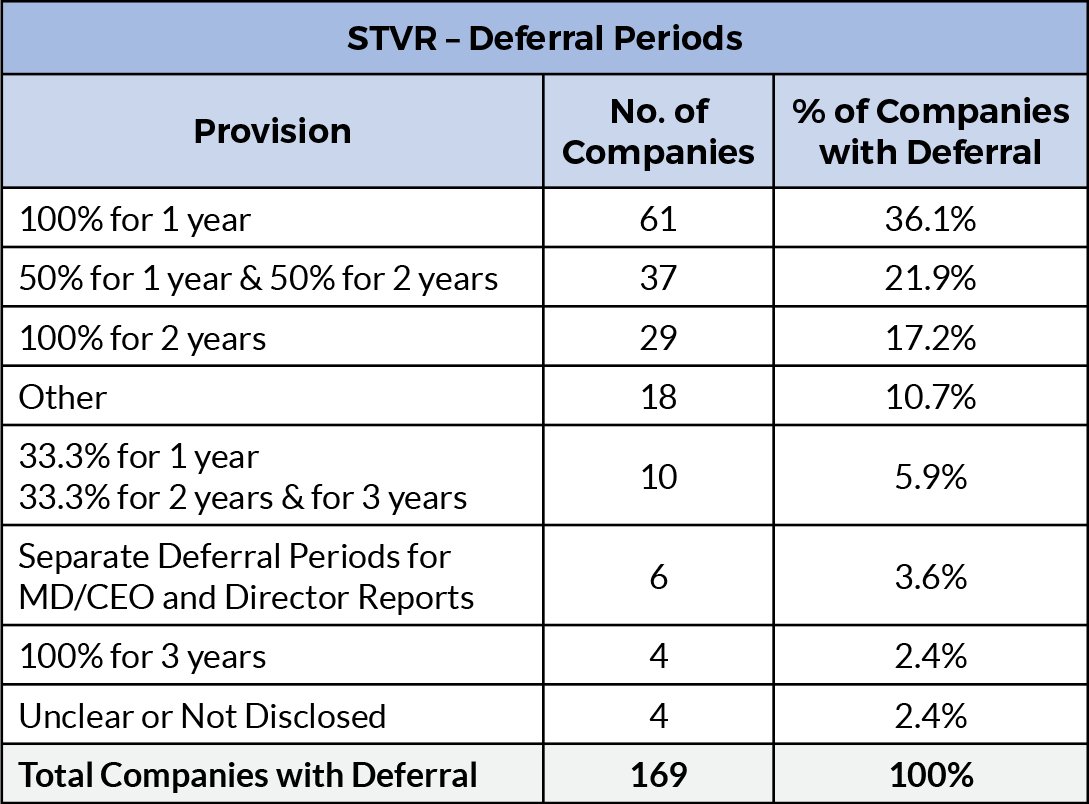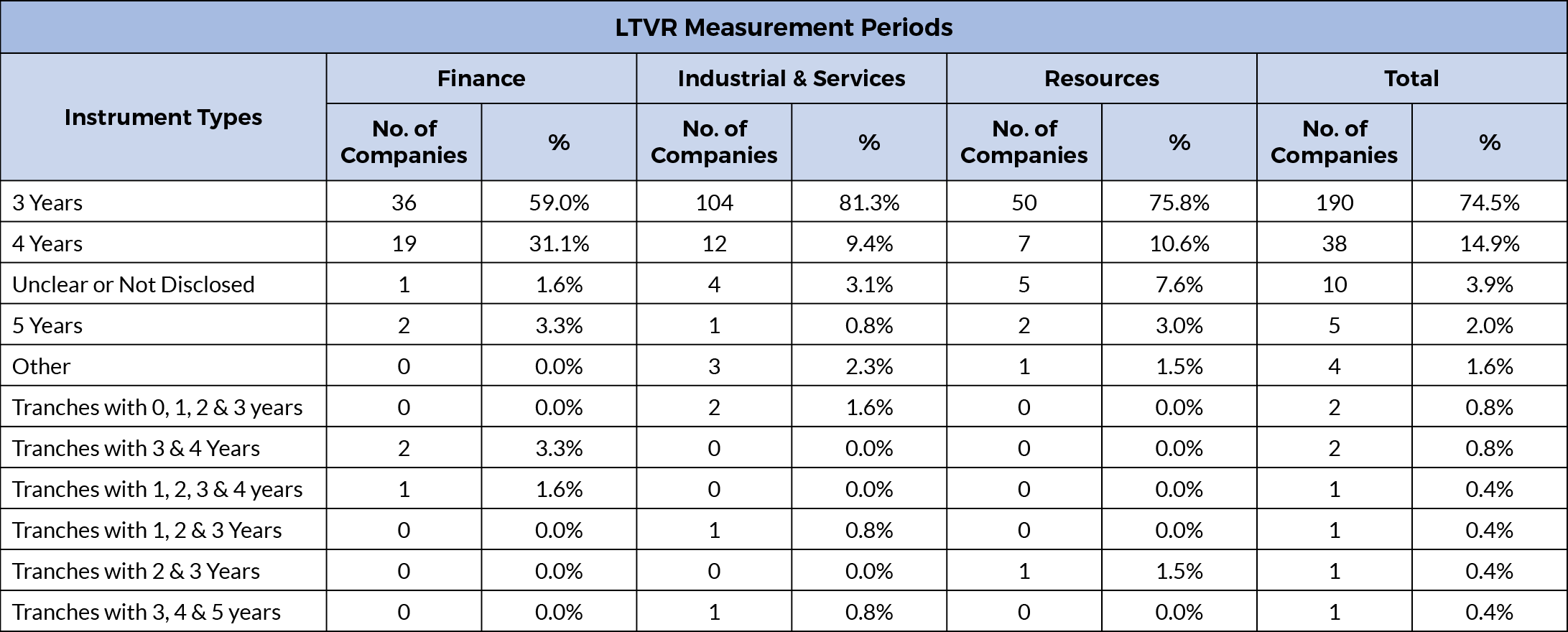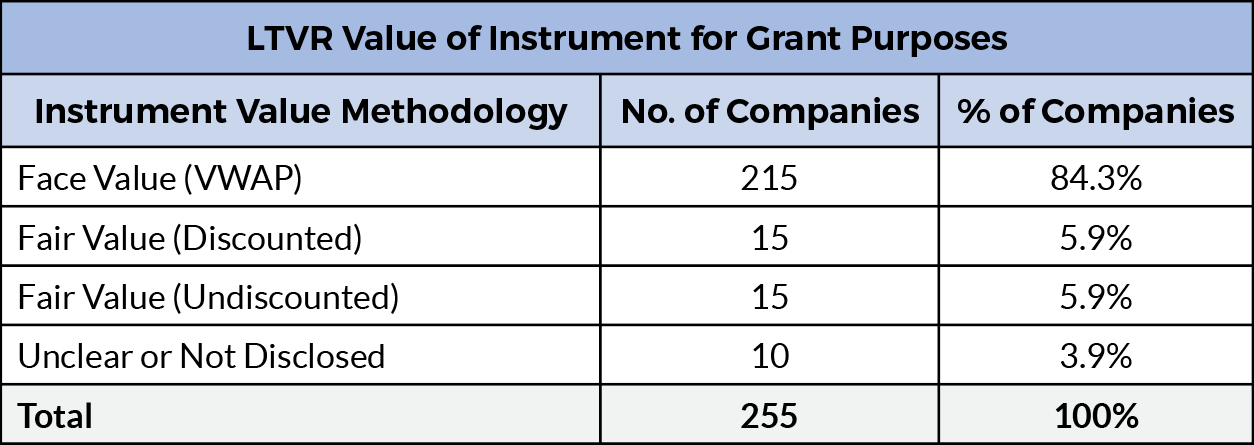Incentives or Variable Remuneration (VR) market practices are evolving rapidly due to shifting stakeholder expectations and legislative changes. Using the ASX300 market data in GRG’s 2024 Variable Remuneration Guide, we analyse the latest trends and answer common VR questions.
GRG Remuneration Insight 167
by James Bourchier
9 September 2024
Incentives or Variable Remuneration (VR) such as Short Term (STVR, STI or STIP) and Long Term (LTVR, LTI or LTIP) are undergoing rapid evolution due to changes in the regulatory environment and shifting stakeholder expectations. The Corporations Act, Income Tax Assessment Act, Financial Accountability Regime, APRA CPS 511 and CPG 511 have led to significant changes in Variable Remuneration market practices for executives in recent years. These are now evident in market data. GRG has recently released the 2024 Variable Remuneration Guide, and this Insight draws out some of the answers to the most common questions, and addresses hot trends in Variable Remuneration arising from our analysis. The following is based on the full ASX 300 data set.
How Common are Non-financial Metrics in STVR?
The frequency of use of non-financial metrics is one of the most common questions we get asked. While it is true that financial metrics are the most common and retain dominant weighting in ASX 300 short term variable remuneration plans (typically with 55% weighting on financial metrics), there have been various attempts to include non-financial metrics by many ASX 300 companies, with mixed feedback from stakeholders. It is also true that many of these have faced criticism and push-back from external stakeholders, often being the subject of proxy advisor and institutional investor engagement given the low risk attached to them and the potential for high awards resulting from them even when financial performance is poor. The most common classes of non-financial metrics we are observing are (in order of frequency): human resources metrics, safety, and increasingly, “ESG” and risk related metrics.
Is Short Term Variable Remuneration Deferral Really that Common?
Yes; the significant majority of ASX 300 companies (around two thirds) have implemented some form of deferral, though the exact form and terms vary. It should be noted that due to regulatory changes, deferred STVR does not need to be subjected to “risk of forfeiture” any longer, and can now be achieved using “restricted rights” (rights with an exercise restriction) which is arguably much fairer, yet enables malus and clawback policies. The following table indicates that the most common practice is for 50% of awards to be deferred for 1 year, but partial deferral to 2 years is catching up in popularity.

What is the Fate of Single Incentive Plans (AKA Combined Plans)?
Several years ago, there was a notable move by some consulting firms, and companies in the ASX, to de-risk Variable Remuneration and reduce the weighting on LTVR by introducing “Single Incentive Plans”. They are based on the idea that executives get a single/combined incentive opportunity with the initial award entirely determined by short term performance, but then subjected to high rates of deferral (either service only or subject to long term performance conditions). The failings of these structures were laid bare by institutional investors and COVID-19 (when no short term awards were paid, long term alignment failed to arise and some companies had to use discretion to make awards just to maintain long term alignment). Now, the vast majority of these plans have been repealed and replaced by a return to traditional STVR and LTVR. There are now only around half a dozen ASX 300 companies retaining the original simple combined plan, and another half a dozen that appear to have accepted the pressure to reintroduce traditional long term performance metrics for the deferred component.
Are Options Really on the Way Out?
Yes, options are all but gone. Changes in the Corporations Act have resulted in options now being classed as “contribution plans” which face significant additional limits and disclosure requirements, not faced by Rights. Fortunately, there is a form of Right called a Share Appreciation Right (SAR) which produces identical executive benefit outcomes to options in all but the most exceptional cases. Less than 5% of ASX 300 companies are still using options according to our latest research.
Are Indeterminate Rights Common?
Indeterminate rights (which may be settled in cash, noting that SARs are also considered indeterminate) previously needed to be used to ensure that taxation due to a termination did not arise for participants prior to the exercise of rights. Due to a change in the Income Tax Assessment Act, termination of employment is no longer a taxing point. As a result, the main utility of indeterminate rights in their cash-settleable form, is to achieve effective tax deferral for participants who are substantial shareholders (own or control 10% or more of the Company’s shares). Rates of indeterminate right usage (excluding SARs) are now down to around 10% of ASX 300 companies, presumably because equity plans are being updated for the new regulatory environment, and because 10% shareholder employees are rarer in the ASX 300.
What about Share Purchase Loan Plans?
Loan funded arrangements are also increasingly rare, partly because they are expensive given the loss of a tax deduction for the Company, and partly because the new regulatory framework treats them as contribution plans that face additional limits and disclosure requirements that are generally undesirable, and often prohibitive. The use of such plans has fallen to around 1% in the ASX 300.
Are Long Term Variable Remuneration Vesting Periods Really Getting Longer?
Not really. Institutional investors, proxy advisors and regulators such as APRA have been pushing for longer periods before a benefit is paid. While large parts of the financial sector subject to “FAR”, CPS 511 and CPG 511 are having to comply with this requirement, most of the rest of the market is sticking with a 3-year measurement period for LTVR. This is likely because when grants are made annually in overlapping cycles, the difference between 3 and 4 years is not material, and only serves to further undermine the psychological value of LTVR opportunities which are already generally considered the most “at-risk” component of remuneration.

The following table shows the gap between the financial sector and other sectors regarding the prevalence of LTVR measurement periods longer than 3 years (note the rates of 3 years by sector):

Is Service Vesting Equity Common?
There has been substantial discussion in recent years regarding the use of grants of equity that vest purely on continued service, for executives of listed companies. While this practice has long been common as a sign-on and retention practice below the executive level, particularly in companies with exposure to US markets, the practice has generally been less well accepted for executives. This is because it is usually seen as coming out of LTVR and performance-based pay, effectively de-risking variable remuneration, and increasing guaranteed remuneration. The conversation started to shift during COVID-19 impacted periods where retention became a key issue, cash was often limited, and the expectation of LTVR vesting was low due to global uncertainties. While many stakeholders retain the view that service vesting equity should only be used as part of Fixed Pay, or for STVR deferral, an increasing number of companies appear to be trialling service vesting equity as part of LTVR. This appears to have some support where ranked TSR is used as a vesting condition, because of the lack of a Threshold to Target level of opportunity (no vesting below P50/median or Target). This makes ranked TSR uniquely unattractive to participants and companies should consider using indexed TSR instead (where relative TSR is expected), with some external stakeholders even re-considering acceptance of absolute TSR if the hurdles are sufficiently challenging. Our recent Remuneration Insight 157 explores the issue of service vesting equity.
Are Long Term Variable Remuneration Performance Metrics Changing?
There are some subtle changes in the trends we are seeing in LTVR performance metrics. They are:
- a slight increase in the number of metrics, with some companies moving away from one to two, in favour of two to three,
- the use of Earnings Per Share Growth appears to be falling while financial return metrics that have a better link to long term financial performance such as Return on Equity, are rising, and
- there appears to be a modest move towards using operational, strategic and “ESG” metrics, often as the third metric, and
- the number of companies with a service-only vesting tranche appears to be rising.
However, Total Shareholder Return (TSR) metrics remain the dominant metric, with financial metrics being the next most common.

Allocation and Dividend Equivalent Payments
Activist investors appear to have been successful in persuading boards to use an unadjusted volume weighted average price (VWAP) “Face Value” to allocate grants of equity. While previously many companies used the accounting value which often involved deep discounts for risk of forfeiture (“discounted Fair Value”) and incorrect weighting of grant numbers, there is also the middle ground of using a VWAP adjusted to recognise that the value of a share differs from the value of a right or option differs due to the loss of dividend entitlements (“undiscounted Fair Value”).

While this practice of using a Black-Scholes model to do this is well accepted for options and SARs, for some reason it is rarely used for Rights, even though the same principles apply. Instead, the response we are seeing is a gradual rise in the use of “dividend equivalent payments” which involves cash payments on Rights (often only vested rights) in respect of dividends declared, to correct this problem with the allocation method. While this encourages executives to hold rights for the very long term without selling into the market, which is generally viewed as positive, it also results in additional amounts being disclosed as remuneration in statutory remuneration reporting tables which needs to be carefully managed and communicated.
Where Does ESG Fit?
The integration of “ESG” with executive variable remuneration is another of the most common areas we get asked about. While in the financial sector many companies appear to have successfully argued that the use of non-financial and risk metrics is required by APRA’s regulations, this is technically not true. Modifiers can fulfil the requirements of APRA’s standards and guidelines, without placing an explicit weighting and reward for “not failing” on “hygiene factors” like reputation, employee culture, engagement and ethics. That said there is an interesting gulf between the use of ESG metrics in STVR and LTVR plans:
- ESG metrics are most commonly observed in STVR plans, and much more rarely appear in LTVR plans,
- Metrics claimed to be ESG in STVR are often “hygiene factors” like employee engagement, customer reputation, safety and others that are often viewed as “soft”, easily gamed or manipulated, and hard to forecast and/or measure accurately, however
- For LTVR, the most common ESG metrics are related to carbon footprint reduction and other environmental impacts i.e. genuine change strategies related ESG.
This is likely because LTVR metrics tend to be few, focused on clear long term stakeholder alignment, and face additional scrutiny compared to STVR metrics. A few soft metrics can often be slipped into an STVR metric scorecard without raising too much concern, when it is a minority among other metric classes, especially if given low weighting. While many companies emphasise that the “how” of other metric achievement is important to recognise, for example culture and values adherence, arguably this is better addressed by a gate or modifier than a separate reward for not breaching standards. Of course, this is not the case when change in hygiene factors is a strategic imperative because there is a crisis impacting the sustainability of the company in one of these areas.
Companies Must Stay on Top of Rapidly Evolving Variable Remuneration Trends
Variable remuneration for executives is evolving rapidly due to unprecedented changes in global markets, the regulatory environment and stakeholder expectations. Companies can stay on top of the market trend data by talking to GRG’s consultants, accessing GRG’s Variable Remuneration Guide publication, or subscribing to GRG’s ERS online database which includes a complimentary copy of the Guide.


